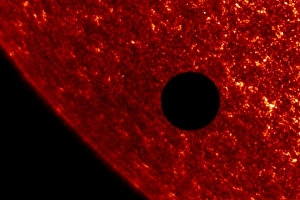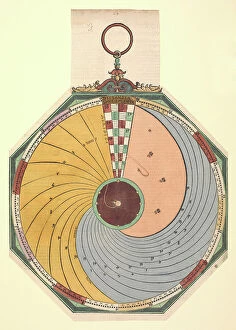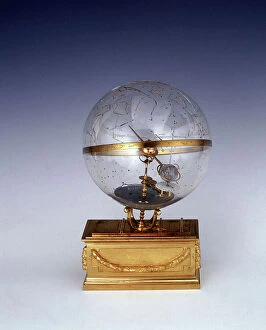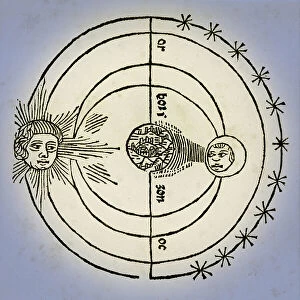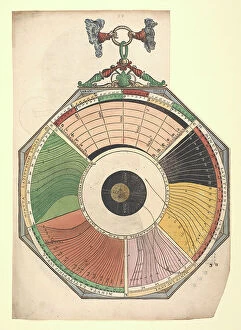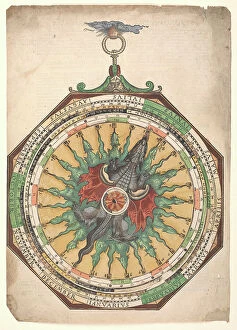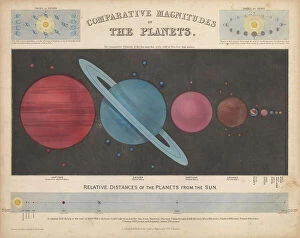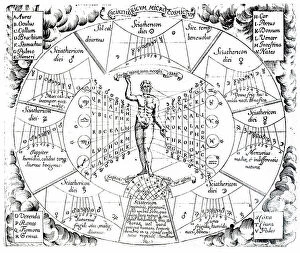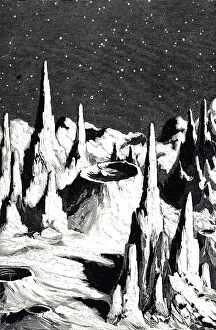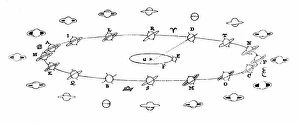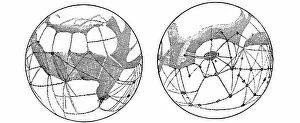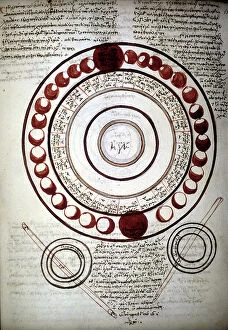Planet Collection (page 6)
"The Pale Blue Dot: A Glimpse into the Eternal Mystery of Our Planet" In the vastness of space
All Professionally Made to Order for Quick Shipping
"The Pale Blue Dot: A Glimpse into the Eternal Mystery of Our Planet" In the vastness of space, a tiny speck called Earth emerges as a dramatic balance between eternity and everlasting change. As Voyager 1 captured the iconic image of our planet from afar, known as the Pale Blue Dot, we were reminded of our place in the cosmos. The Earthrise over Moon photograph taken by Apollo 8 further deepened our understanding of this mysterious globe we call home. Contrasting beliefs have emerged throughout history, with some even suggesting that our world is nothing more than a flat plane. Yet, when confronted with the breathtaking Earthrise artwork or witnessing its rising silhouette above the lunar horizon, it becomes undeniable that our planet is part of an awe-inspiring solar system. Nestled within this celestial arrangement are planets like Neptune, which Voyager 2 unveiled through its lens. And who can forget Voyager 1's composite image showcasing Saturn and six moons? These glimpses into distant worlds remind us that there is so much more to explore beyond our own backyard. As we contemplate astronomy and navigate NASA's discoveries, we come to appreciate both the grandeur and fragility of our planet. From satellite images revealing the Whole Earth at night to artworks depicting our Solar System's beauty, every perspective adds another layer to its ever-evolving story. The sizes of Solar System planets compared showcase their diversity – from gas giants like Jupiter to rocky terrains like Mars – each holding its own secrets waiting for us to uncover, and is through these explorations that humanity seeks answers about existence itself. So let us marvel at this pale blue dot floating in space - an eternal reminder that despite all odds against life's emergence in such abundance on Earth; here we stand united as one species on a journey towards understanding ourselves and unraveling nature's mysteries.


